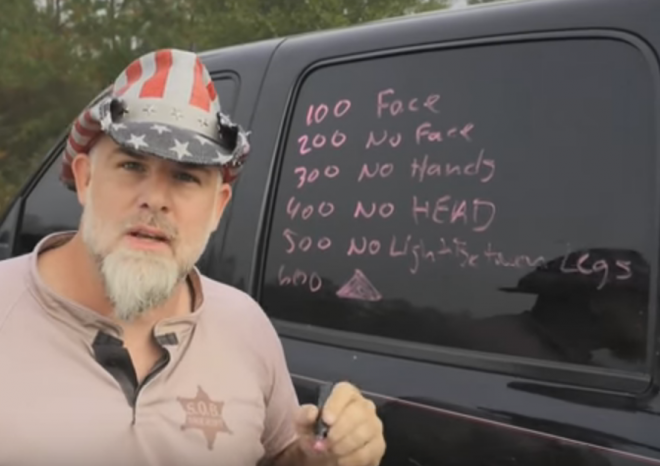Range Estimation, unknown distance, you name it, and this is one of the many skills that is necessary for most any professional Infantryman in the world. All of their weapon systems depend on not only knowing the range to an enemy target, but much more importantly, knowing the correct range to that target. Whether the soldier is employing small arms or artillery, range plays a crucial factor. But how do you make an accurate range call? Snipers have their mil dots, American troops have their RCOs, and Forward Observers know how to use their stadia lines in their binoculars. The problem with most of these methods, when it comes to range estimating enemy personnel, is that the methods are usually based on the fact that the target isn’t moving, and is standing still. Most of this takes into account that the average shoulder width of a man is 19.5 inches as well. However, human beings for the most part, don’t stand still long enough for this precise calculation to occur. Enter John McPhee and his innovative method of range estimation out to 600 meters, using just what human features look like at certain distances. I’ll outline what he does with each distance below, but about the only gripe I have about this is that he doesn’t specify what scope power this system uses, apart from him mentioning this can be used with the naked eye. For example, using a spotting scope, I’m sure some of these features don’t stand out at these ranges because of the magnification.
100 meters- Recognize a face, see what they look like
200 meters- No face, cannot distinguish facial features
300 meters- No hands, soldier can distinguish what the enemy is doing, but cannot make out individual fingers or the entire hand.
400 meters- The head cannot be distinguishable, in fact it looks like they don’t have one at all.
500 meters- Cannot see individual legs, especially the light between their legs, an enemy is moving, but he is moving as a whole, without legs to the soldiers eye.
600 meters- Humans look like little triangles in shape. He says “A fat little triangle”.
He doesn’t go beyond 600 because humans are much harder to even distinguish past that distance, in addition this method is to be used quickly, presumably while under fire. Not that an enemy past 600 can be a threat, but it becomes increasingly unlikely with small arms. And if they are that far out anyways, a soldier will probably have the luxury of time to use conventional range estimation methods.
 Your Privacy Choices
Your Privacy Choices
